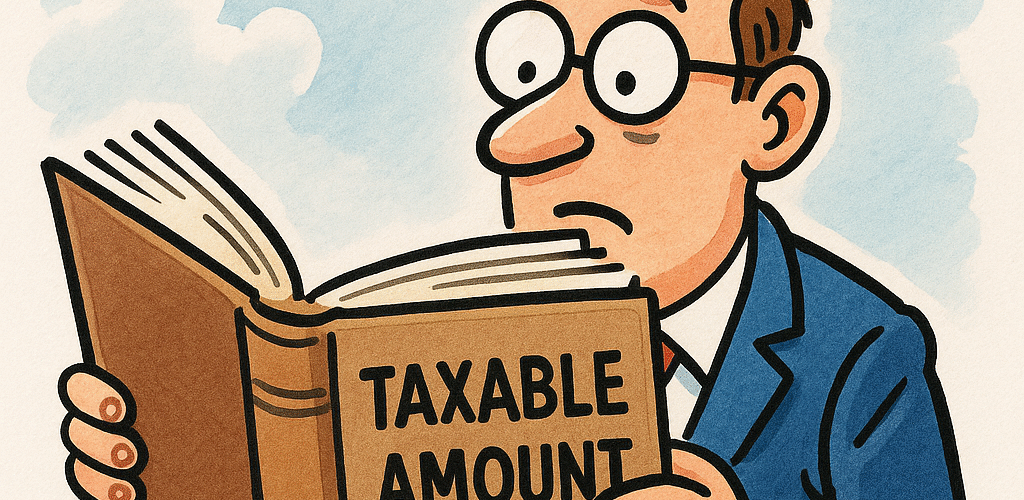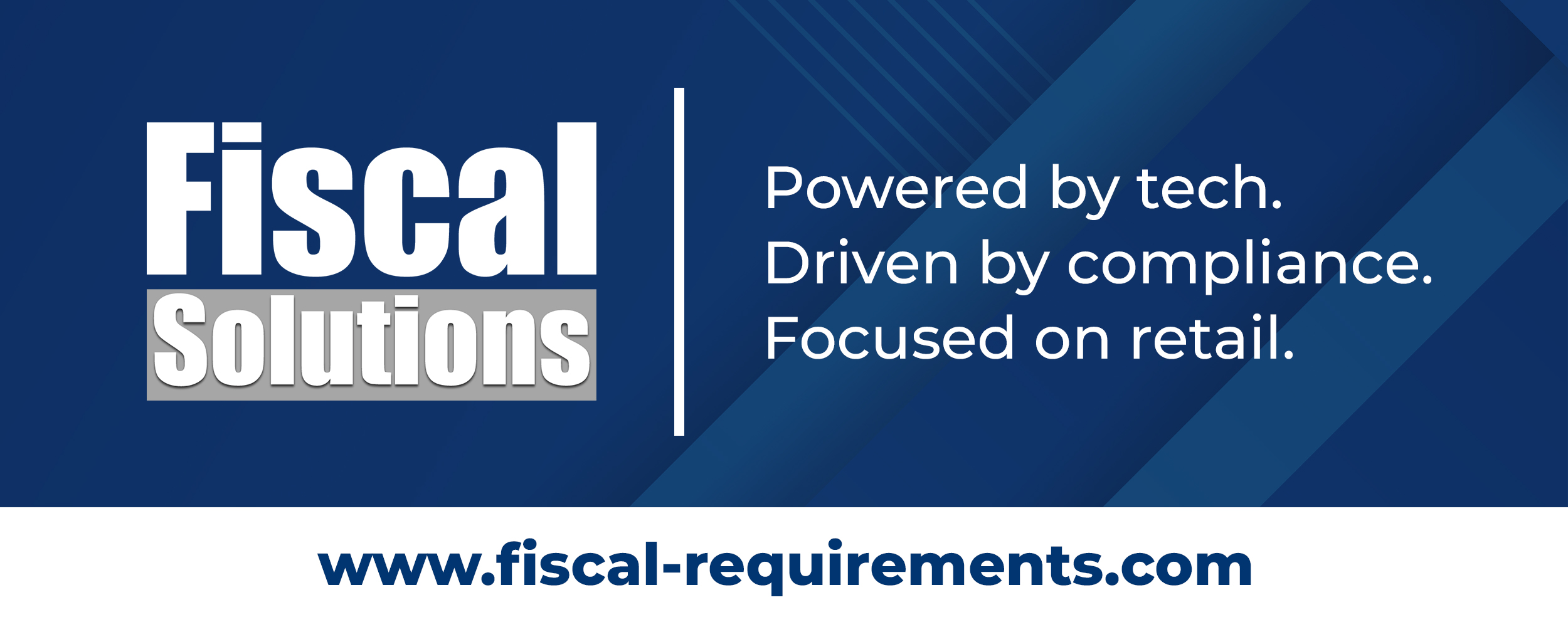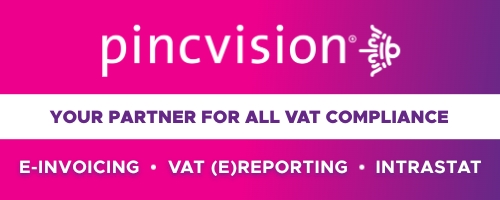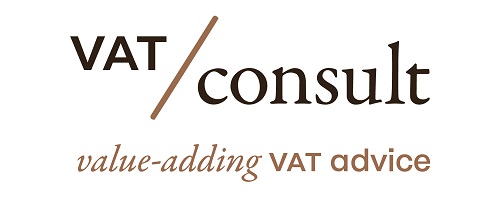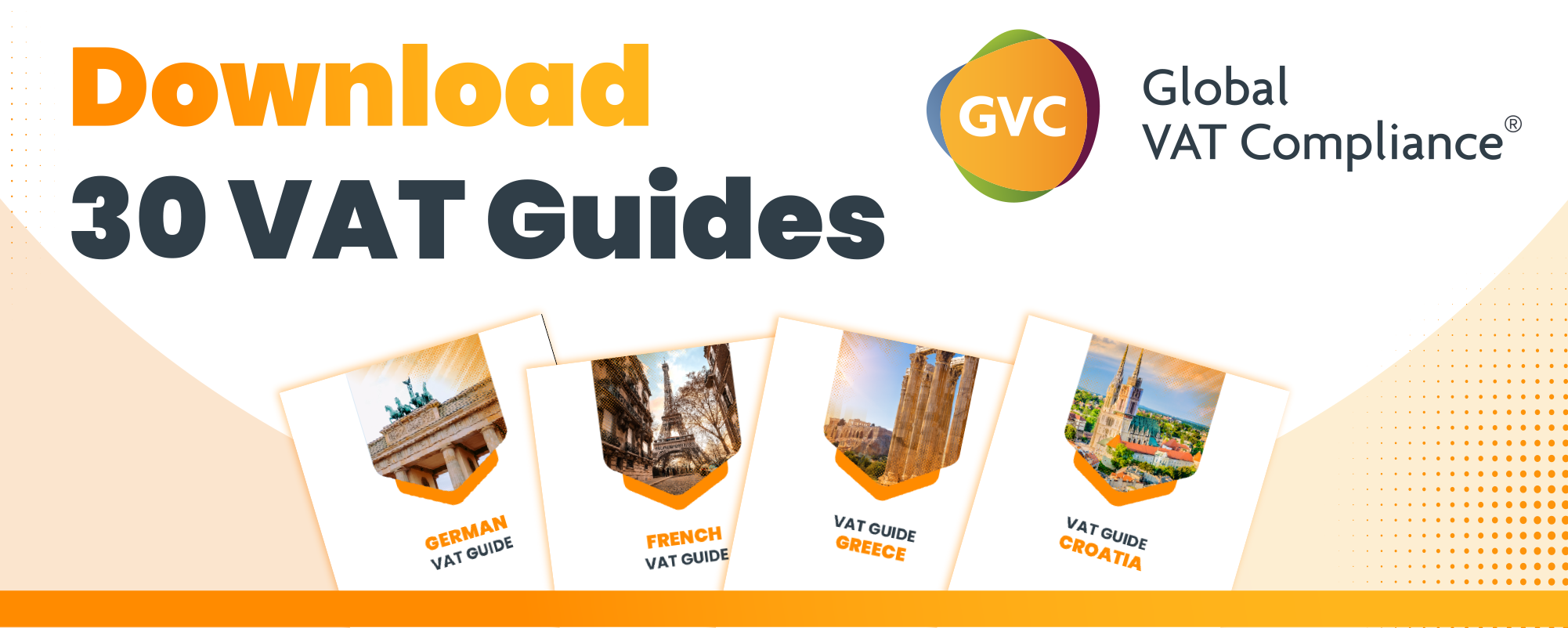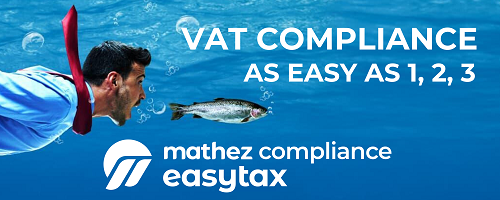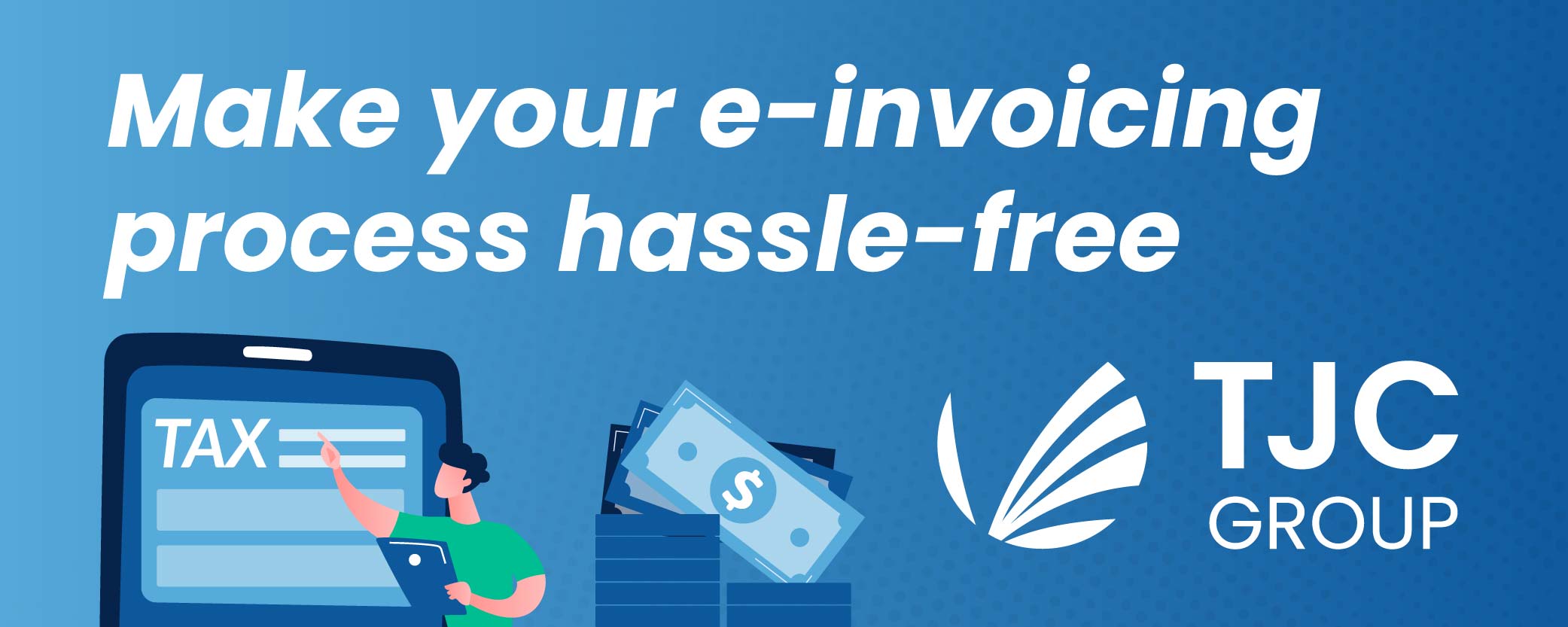See also – in this serie
- Taxable Person (Art. 9-13)
- Taxable Transactions (Art. 14-30)
- Place of supply (Art. 31-61)
- Chargeable Event & Chargeability of VAT (Art. 62-71)
- Invoicing (Art. 217 – 240)
TITLE VII
TAXABLE AMOUNT
CHAPTER 1
Definition
Article 72
For the purposes of this Directive, ‘open market value’ shall mean the full amount that, in order to obtain the goods or services in question at that time, a customer at the same marketing stage at which the supply of goods or services takes place, would have to pay, under conditions of fair competition, to a supplier at arm’s length within the territory of the Member State in which the supply is subject to tax.
Where no comparable supply of goods or services can be ascertained, ‘open market value’ shall mean the following:
in respect of goods, an amount that is not less than the purchase price of the goods or of similar goods or, in the absence of a purchase price, the cost price, determined at the time of supply;
in respect of services, an amount that is not less than the full cost to the taxable person of providing the service.
CHAPTER 2
Supply of goods or services
Article 73
In respect of the supply of goods or services, other than as referred to in Articles 74 to 77, the taxable amount shall include everything which constitutes consideration obtained or to be obtained by the supplier, in return for the supply, from the customer or a third party, including subsidies directly linked to the price of the supply.
Article 73a
Without prejudice to Article 73, the taxable amount of the supply of goods or services provided in respect of a multi-purpose voucher shall be equal to the consideration paid for the voucher or, in the absence of information on that consideration, the monetary value indicated on the multi-purpose voucher itself or in the related documentation, less the amount of VAT relating to the goods or services supplied.
Article 74
Where a taxable person applies or disposes of goods forming part of his business assets, or where goods are retained by a taxable person, or by his successors, when his taxable economic activity ceases, as referred to in Articles 16 and 18, the taxable amount shall be the purchase price of the goods or of similar goods or, in the absence of a purchase price, the cost price, determined at the time when the application, disposal or retention takes place.
Article 75
In respect of the supply of services, as referred to in Article 26, where goods forming part of the assets of a business are used for private purposes or services are carried out free of charge, the taxable amount shall be the full cost to the taxable person of providing the services.
Article 76
In respect of the supply of goods consisting in transfer to another Member State, the taxable amount shall be the purchase price of the goods or of similar goods or, in the absence of a purchase price, the cost price, determined at the time the transfer takes place.
Article 77
In respect of the supply by a taxable person of a service for the purposes of his business, as referred to in Article 27, the taxable amount shall be the open market value of the service supplied.
Article 78
The taxable amount shall include the following factors:
taxes, duties, levies and charges, excluding the VAT itself;
incidental expenses, such as commission, packing, transport and insurance costs, charged by the supplier to the customer.
For the purposes of point (b) of the first paragraph, Member States may regard expenses covered by a separate agreement as incidental expenses.
Article 79
The taxable amount shall not include the following factors:
price reductions by way of discount for early payment;
price discounts and rebates granted to the customer and obtained by him at the time of the supply;
amounts received by a taxable person from the customer, as repayment of expenditure incurred in the name and on behalf of the customer, and entered in his books in a suspense account.
The taxable person must furnish proof of the actual amount of the expenditure referred to in point (c) of the first paragraph and may not deduct any VAT which may have been charged.
Article 80
1.
In order to prevent tax evasion or avoidance, Member States may in any of the following cases take measures to ensure that, in respect of the supply of goods or services involving family or other close personal ties, management, ownership, membership, financial or legal ties as defined by the Member State, the taxable amount is to be the open market value:
where the consideration is lower than the open market value and the recipient of the supply does not have a full right of deduction under Articles 167 to 171 and Articles 173 to 177;
where the consideration is lower than the open market value and the supplier does not have a full right of deduction under Articles 167 to 171 and Articles 173 to 177 and the supply is subject to an exemption under Articles 132, 135, 136, 371, 375, 376, 377, 378(2), 379(2) or Articles 380 to 390c;
where the consideration is higher than the open market value and the supplier does not have a full right of deduction under Articles 167 to 171 and Articles 173 to 177.
For the purposes of the first subparagraph, legal ties may include the relationship between an employer and employee or the employee’s family, or any other closely connected persons.
2.
3.
Article 81
Member States which, on 1 January 1993, were not availing themselves of the option under Article 98 of applying a reduced rate may, if they avail themselves of the option under Article 89, provide that in respect of the supply of works of art, as referred to in Annex III, point (26), the taxable amount is to be equal to a fraction of the amount determined in accordance with Articles 73, 74, 76, 78 and 79.
The fraction referred to in the first paragraph shall be determined in such a way that the VAT thus due is equal to at least 5 % of the amount determined in accordance with Articles 73, 74, 76, 78 and 79.
Article 82
Member States may provide that, in respect of the supply of goods and services, the taxable amount is to include the value of exempt investment gold within the meaning of Article 346, which has been provided by the customer to be used as basis for working and which as a result, loses its VAT exempt investment gold status when such goods and services are supplied. The value to be used is the open market value of the investment gold at the time that those goods and services are supplied.
CHAPTER 3
Intra-Community acquisition of goods
Article 83
In respect of the intra-Community acquisition of goods, the taxable amount shall be established on the basis of the same factors as are used ►C1 in accordance with Chapter 2 ◄ to determine the taxable amount for the supply of the same goods within the territory of the Member State concerned. In the case of the transactions, to be treated as intra-Community acquisitions of goods, referred to in Articles 21 and 22, the taxable amount shall be the purchase price of the goods or of similar goods or, in the absence of a purchase price, the cost price, determined at the time of the supply.
Article 84
1.
2.
CHAPTER 4
Importation of goods
Article 85
In respect of the importation of goods, the taxable amount shall be the value for customs purposes, determined in accordance with the Community provisions in force.
Article 86
1.
The taxable amount shall include the following factors, in so far as they are not already included:
taxes, duties, levies and other charges due outside the Member State of importation, and those due by reason of importation, excluding the VAT to be levied;
incidental expenses, such as commission, packing, transport and insurance costs, incurred up to the first place of destination within the territory of the Member State of importation as well as those resulting from transport to another place of destination within the Community, if that other place is known when the chargeable event occurs.
2.
Article 87
The taxable amount shall not include the following factors:
price reductions by way of discount for early payment;
price discounts and rebates granted to the customer and obtained by him at the time of importation.
Article 88
Where goods temporarily exported from the Community are re-imported after having undergone, outside the Community, repair, processing, adaptation, making up or re-working, Member States shall take steps to ensure that the tax treatment of the goods for VAT purposes is the same as that which would have been applied had the repair, processing, adaptation, making up or re-working been carried out within their territory.
Article 89
Member States which, at 1 January 1993, were not availing themselves of the option under Article 98 of applying a reduced rate may provide that in respect of the importation of works of art, collectors’ items and antiques, as defined in points (2), (3) and (4) of Article 311(1), the taxable amount is to be equal to a fraction of the amount determined in accordance with Articles 85, 86 and 87.
The fraction referred to in the first paragraph shall be determined in such a way that the VAT thus due on the importation is equal to at least 5 % of the amount determined in accordance with Articles 85, 86 and 87.
CHAPTER 5
Miscellaneous provisions
Article 90
1.
2.
Article 91
1.
2.
Member States shall accept instead the use of the latest exchange rate published by the European Central Bank at the time the tax becomes chargeable. Conversion between currencies other than the euro shall be made by using the euro exchange rate of each currency. Member States may require that they be notified of the exercise of this option by the taxable person.
However, for some of the transactions referred to in the first subparagraph or for certain categories of taxable persons, Member States may use the exchange rate determined in accordance with the Community provisions in force governing the calculation of the value for customs purposes.
Article 92
As regards the costs of returnable packing material, Member States may take one of the following measures:
exclude them from the taxable amount and take the measures necessary to ensure that this amount is adjusted if the packing material is not returned;
include them in the taxable amount and take the measures necessary to ensure that this amount is adjusted if the packing material is in fact returned.


